Outside of my customer focused business world, I have always taken a keen interest in sport – both as a participant and as a spectator. What I have noticed over the years is a blurring of these disciplines where I have found myself reading books around both the mind set of elite sports people and how sports related businesses have successfully grown. I realise now that this is a fusion between behaviour and economics – two traits that as CX practitioners we need in equal measure if we are to drive customer loyalty.
Behaviour traits
My first interest in behavioural psychology came when I was working with customer service teams dealing with complaints. I became aware of the work of Curt Coffman, an American guru who pioneered the concept of Employee Engagement. In his book “Follow This Path: How the World’s Greatest Organisations Drive Growth by Unleashing Human Potential” he identified that when employees join a company, they are usually enthusiastic, committed, and ready to be advocates for their new employer. In essence they are highly engaged. However, Coffman’s research also reveals that the longer an employee stays with a company, the less engaged he or she often becomes.
What I could apply to customer complaint management was a research finding that whatever an organisation tries to do, some employees and customers will always apply a negative attitude and an unwillingness to change their behaviour. For these types of interactions, Coffman coined the term ‘CAVE dwellers’, which stands for “Consistently Against Virtually Everything”.
It quickly become a memorable phrase that really helped the customer service teams to spot when they were dealing with a CAVE dwelling customer – it doesn’t matter what you do, they will never accept the situation.
But turn that coin over and the behavioural research tells us a lot about the characteristics of customers who could become loyal. They are naturally curious about the company, seeking out common values and purpose, and if they become passionate – as super fans – then they have a strong connection to the company.
This is very well illustrated in the book by Will Dean around how he built a customer movement – which he describes as a tribe – around Tough Mudder fitness events. These events are team based obstacle courses which he has turned into a customer community built on teamwork, where stepping outside your comfort zone is the reward.
Even at the individual elite performance Mudder events, participants still help their rivals to complete each obstacle – such is the strength of common bond. Likewise for the first time participants, many teams take the opportunity to raise funds for their favoured charity, raising millions of pounds for good causes as a result.
There’s a lot of behavioural reasons explaining why this business model works.
The economic logic
From an economic perspective, loyalty is measured in terms of customer Life Time Value (LTV). In the world of eCommerce this concept is very well explained by the business brothers Ian and Mark Hammersley in their podcast (see https://ecommercestories.podbean.com/e/e-commerce-the-fifth-salesperson-lifetime-customer-value-salesperson/)
A May 2021 edition looks at the impact of LTV as if it was a sales channel. It’s well worth a listen, where the ideas brought to life are:
- Customer Lifetime Value is revenue divided by unique customers – at its simplest – composed of different cohorts based on purchase frequency and order value.
- Repeat ordering can become game-changing to gain additional revenue at incremental cost. Higher conversion rates help scale the business by improving the reach of the advertising budget.
- You need to use analytics to understand what first product purchase has the highest propensity to long term repeat ordering, and then focus more of your advertising budget around these specific purchasing intentions.
The full economic equation is therefore about balancing customer acquisition cost and customer LTV. This is the reason why subscription based businesses typically have higher corporate valuations, as they have a more significant proportion of frequent repeat customers.
Customer loyalty doesn’t just grow by accident and requires an overt strategy, for example using a VIP programme that gives customers additional rewards. This redirect a proportion of the customer recruitment budget to incentivise existing customers. It prioritises those customers who have repurchased previously, on a tiered basis so that the rewards remain exclusive to maintain that re-buying behaviour. But be aware, it takes time to tune the effectiveness of these re-purchasing monetisation strategies.
So that’s the positive view on how to grow loyalty as an economic outcome, but next let’s look at how this logic can fail.
When it all goes wrong
A couple of years ago I did a contact centre cost optimisation project where I was asked to review the retentions team for a brand leading UK car insurer. The business had a strong sales growth objective and targeted low risk sectors – the over 50s – through price comparison websites. Basically that meant that any new customer in that demographic was presented with a ‘top three’ offer, using price discount to achieve that listing position. Customers who signed up had to accept that the policy would auto renew, meaning they had to call the contact centre 12 months later if they wished to cancel. Sitting with the retentions team and it was soon evident that this was a slick operation – well trained agents, operating to a ladder call handling technique to save the customer, even if that did mean having to discount the quoted renewal price as the final resort.
And then I started to probe the volume of calls – in particular in relation to the number of policies. I checked the number of renewal letters sent out on a monthly basis and compared it to the number of incoming calls. I would have expected a c.30-40% call ratio of customers per policy at the point of renewal, who were either seeking clarification around a change of circumstances or looking to cancel. The actual call ratio was consistently 100-110% of monthly renewal letters, meaning that virtually every policy holder was not happy with the renewal price quoted.
My hypothesis to reduce cost was simple – adjust the premiums so the (loyal) customer would be more likely to accept and not ring up as a result. Particularly bearing in mind that the agent was often ‘price matching’ a rival like for like quote to retain the customer.
But the commercial team didn’t see it that way. They had paid a customer acquisition fee to the price comparison website provider that meant that they needed to retain the customer for three years before they broke even. Customers were switching more often than that which is why they hiked up the renewal price to ‘force’ the customer to call. If the renewal was accepted – without calling – then they saw that as a justification for their commercial actions. I saw it as penalising loyal (and less assertive) customers. We agreed to differ.
The point of the story is to recognise the very real tipping point between acquisition cost and LTV. When these are out of balance then the business recovery steps required will, in my opinion, undermine the customer proposition. And in regulated industries – such as financial services – if these practices are seen as causing customer detriment then expect the regulator to step in. Be my guest in this scenario!
Building your tribe
Finally let’s turn to how you build out your customer community. In addition to the economics of the customer loyalty scheme, there are also some behavioural techniques to extrinsically reward your super fan customers – without making them crawl through a muddy field to earn their rewards!
Think about how a community of customers can help their peers. Instead of climbing obstacles, it’s about helping resolve their product and service queries. Digital conversations are fast becoming the new currency of marketing in terms of enabling human connection, with a massive uplift in the use of messaging across the entire customer journey. It’s what the marketers call micro-influencer interactions – where an existing customer can increase the effectiveness of pre-sales customer journey, handling questions from the perspective of authentic first hand product use.
GigCX customer platforms from providers like Limitless Technology show how this can be achieved. By way of a worked example, Sunbasket – who are a meal kit delivery business in the US – use the power of micro-influencers to help overcome the two biggest sales objections which are:
- Dietary requirements (consumers who have concerns about nut allergies or being vegan or require gluten free products)
- The mechanics of the service (how often do I receive deliveries, can I cancel after a certain period etc.)
Sunbasket use customer brand advocates (in effect the micro influencers) to respond to these types of prospect enquiries over messaging, as a peer to peer service. In terms of results (see https://www.limitlesstech.com/clients/sun-basket/) – compared to a control group who were not directed to a micro-influencer managed by the Limitless platform – there was a 19% uplift in sales conversion rate. And remember that as a subscription business, the economics of LTV drives the campaign ROI.
And most important of all, the engagement of your most advocate customers heightens their own loyalty as a result – a ‘win-win’ of customer behaviour and economics that CX practitioners can apply across a variety of different scenarios.






